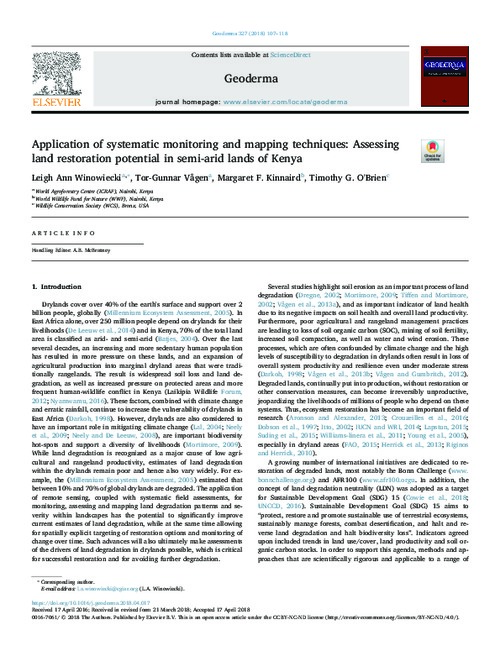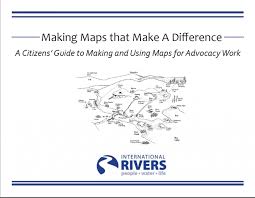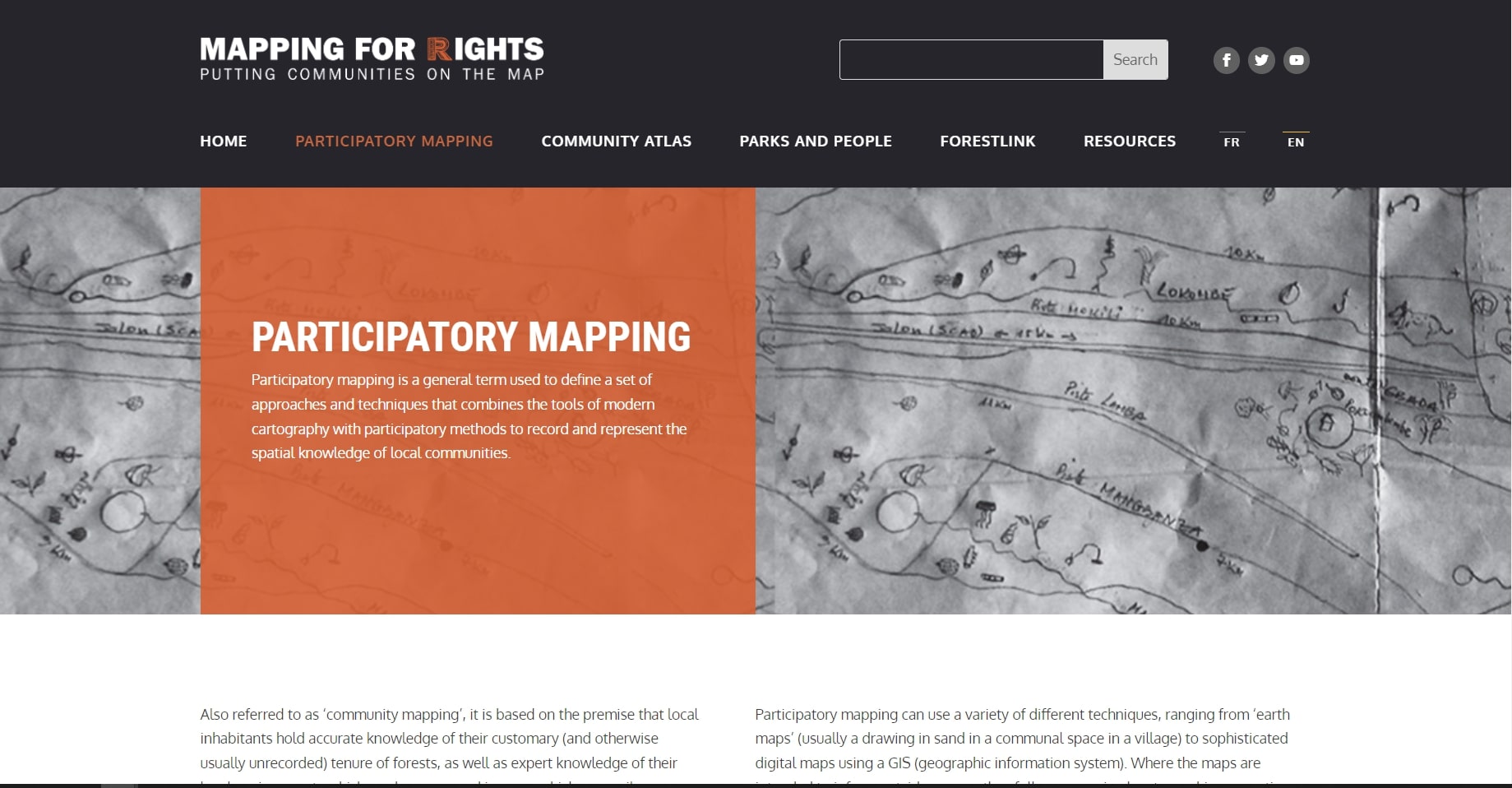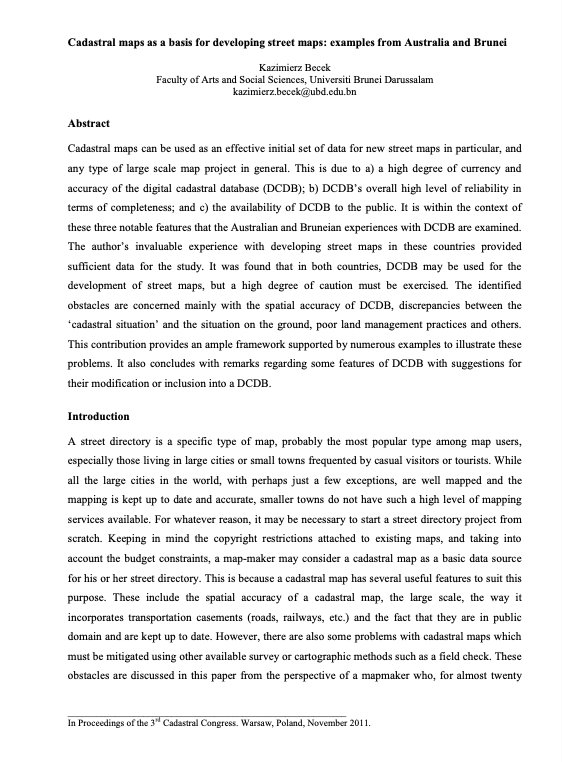Eight guide steps for setting up a Climate-Smart Village: A trainer's guide
The training manual presents a step-by-step process of establishing a Climate-Smart Village (CSV), with each step being complemented with learning objectives, session guides, and educational support materials. Additional links were provided for each step to promote further learning for its users. Different forms of visuals such as photos, maps, and graphs make the publication easy to read and thus easy to understand. This is almost a one-stop-shop for implementers to acquire the information, capacity, and other prerequisites necessary for establishing a CSV.









